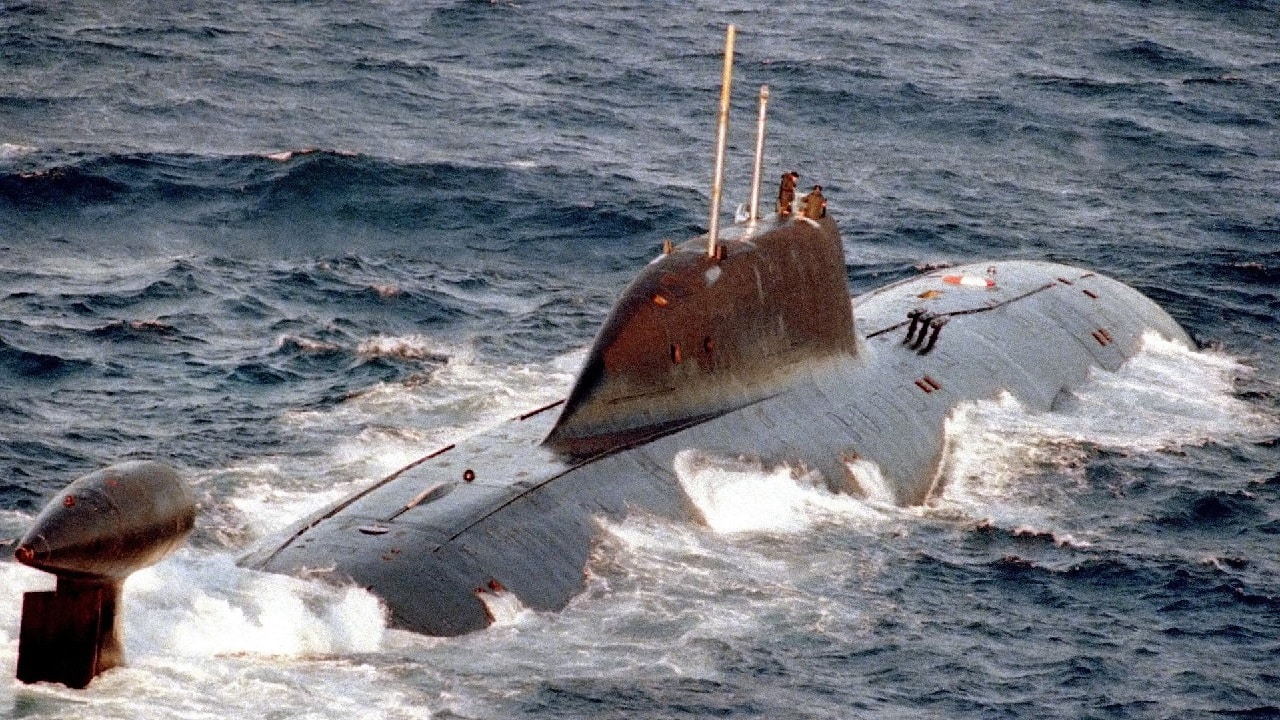Summary and Key Points: Two Soviet-era nuclear submarines resting on the Arctic seabed pose a severe radiation threat—dubbed a “slow-motion Chornobyl.”
-These submarines contain radiation levels equivalent to a quarter of Japan’s Fukushima disaster.
-Despite Russian promises, cleanup has stalled due to international sanctions following Russia’s invasion of Ukraine.
-Previously, countries like Norway and international institutions funded the decommissioning process, but now cooperation has ceased, leaving the dangerous nuclear wreckage abandoned. Russia lacks both the financial means and technology to solve this issue alone.
-Without international help, the submarines will continue leaking radiation, threatening the Arctic environment for decades to come.
Russia’s Forgotten Nuclear Submarines: An Arctic Environmental Time Bomb
For 17 years, Moscow promised that this underwater tomb, which contained two Soviet-era nuclear submarines and four reactor modules, would be cleaned up. But, only in March 2020 did Russian President Vladimir Putin draft a federal decree calling for a project to lift the two boats from the seabed. Doing so would reportedly reduce the amount of radioactive material in the Arctic Ocean by 90 percent.
The same report details how these two nuclear submarines contain one million curies of radiation. This curie level is equivalent to 25 percent of the radiation released in the first month of Japan’s Fukushima nuclear disaster.
It is a small wonder that these two subs were described as Russia’s “slow-motion” Chornobyl at sea. But this is a disaster that has been a long time in happening and continues to get worse.
The Soviet Union had a habit of dumping its radioactive problems at sea.
The 1993 White Book—a record of how many nuclear vessels existed on the ocean floor and where—was published by the ecologist Alexei Yablokov while serving as Boris Yeltsin’s environmental minister. He outlined the scope of the problem in detail, though for years, his published details were condemned by many in the Russian government as state secrets.
War and Insurmountable Costs
One of the vexing problems of the post-Soviet period was the number of nuclear-powered vessels that were still in inventory but needed to be decommissioned. The United States and the USSR built more than 400 nuclear-powered submarines during the Cold War.
There were so many as these vessels—particularly the submarines—were considered by both countries as an indispensable part of their defense posture.
This is because the submarine-based nuclear missiles were part and parcel of the “triad” of systems that were in place to deter other nations from a nuclear attack. They were a strategic necessity.
They were also assets that would have to be withdrawn from service someday. By the 1990s, a significant number of those boats needed to be retired and contaminated.
Proper decommissioning was an unsolvable problem that Russia could not cope with. There were too many economic problems with Moscow’s dire 1990s economic situation. Too many reactors on board these vessels would have to be shut down—and their control rods and other reactor elements disposed of properly.
Russia had previously been engaged in efforts to dismantle and secure its aging nuclear submarine fleet and had been doing so with international cooperation due to the steep costs. However, that effort has slowed down in recent years due to the Ukraine conflict.
Western nations were not anxious to fund a program to clean up Russia’s outmoded nuclear vessels while, at the same time, Moscow was spending billions upon billions on the war in Ukraine.
Withdrawing From The Project
Norway was among the first to shut down its cooperation on this effort and cease scientific exchanges with Moscow by May 2022. Olso then followed on and paused funding to a long-running bilateral nuclear safety commission with Russia the following month.
Commentators pointed out that previously, the cooperation between the two nations had continued through the years despite international condemnation of Russia’s actions, which reached their peak with Moscow’s 2014 annexation of Crimea.
Nonetheless, Norway and Russia managed to put politics aside to dispose of these toxic remnants of Cold War history safely. However, the February 2022 invasion of Ukraine became the proverbial last straw.
No nation—particularly Russia—wants to take on the task of decommissioning the nuclear-powered ships and other assets it has when they have passed the date and operational hours of their usable service life.
The project discussed above, which was to lift the subs from the Arctic seabed, was estimated to cost More than 300 million Euros ($326 million). It had been under consideration for funding by the European Bank of Reconstruction and Development (EBRD)
Along with Norway and other European nations, the bank had assessed what would be involved in completing this massive, technologically challenging project.
Because of the war, EBRD has placed this program aside, and there has been (unsurprisingly) little effort expended by the Russians when faced with the prospect of funding it all on their own.
Russia also doesn’t have the technology to undertake the operation. After the Kursk submarine disaster in 2001, it was a Dutch salvage vessel that brought the Kursk to the surface and not the Russians.
Today, with the war and atrocities committed by the Russians, neither the Netherlands— nor anyone else—will be volunteering its services or money to continue the effort.
About the Author: Reuben F. Johnson
Reuben F. Johnson is a survivor of the February 2022 Russian invasion of Ukraine and is now an Expert on Foreign Military Affairs with the Fundacja im. Kazimierza Pułaskiego in Warsaw. He has been a consultant to the Pentagon, several NATO governments and the Australian government in the fields of defense technology and weapon systems design. Over the past 30 years he has resided in and reported from Russia, Ukraine, Poland, Brazil, the People’s Republic of China and Australia.

